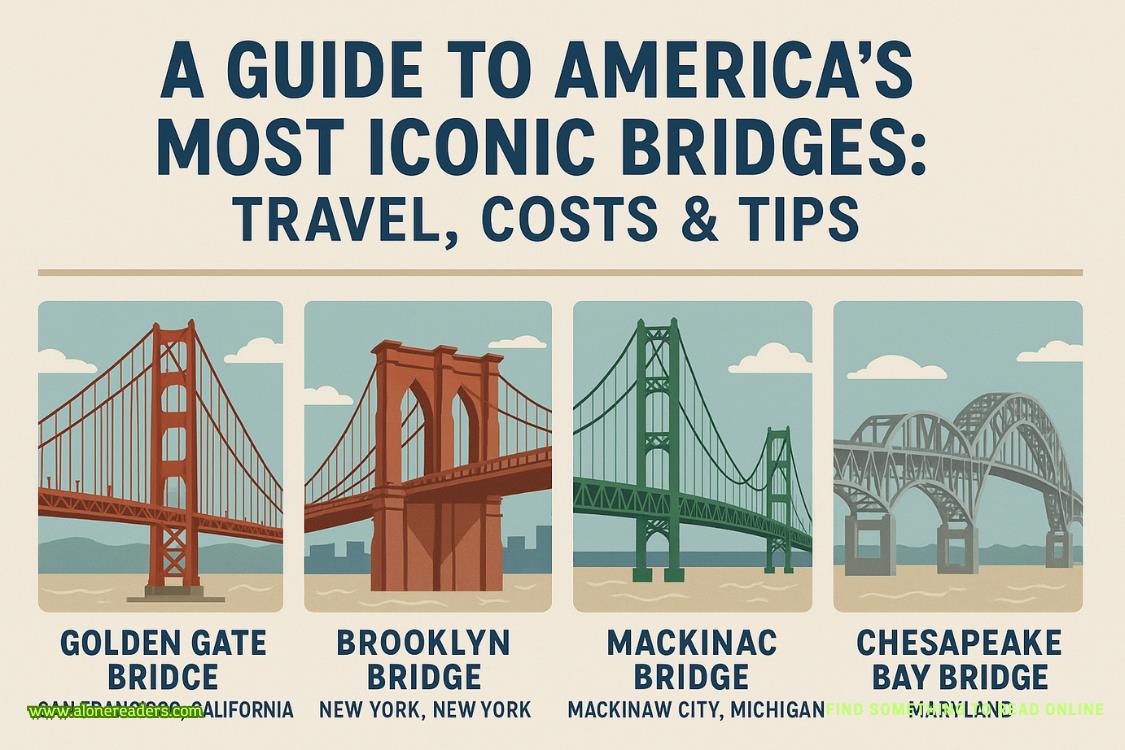Page 90 of The Cabinet of Dr. Leng
A pause. “So? What is it?”
D’Agosta took in another deep breath. “Laura, I can’t tell you.”
It was almost as if he’d slapped her. She flinched, drew back on the couch. “Can’t? Or won’t?”
Both. How can I explain what I don’t understand myself? You’ve already put up with so much—how can I lay this on you, too?Aloud, he said: “Laura, you’re the best thing that ever happened to me. I mean that.”
“Save that shit for the Hallmark Channel.”
“He needs my help.”
“Oh God, no—again?”
D’Agosta could see in her eyes that her long patience with him was nearing an end.
“And just how does he want to try getting you killed this time?” she asked.
“It’s…complicated.”
“In other words, youwon’ttell me.”
“Laura—”
“You know, Vinnie, I just don’t get you. Here you are, shutting me out for weeks, while I’ve been trying every damned way I can think of to reachyou, helpyou, find out what’s wrong—and then Pendergast lifts a finger and you come running to him like some lapdog.”
There was nothing D’Agosta could say to refute this, so he just shook his head.
“Can you at least tell me what’s involved? I mean, do you have to go away? Is it some secret a police captain can’t know? Is it an FBI case, or something personal?”
“Personal. I…I haven’t decided what to do. And I can’t tell you because I promised him—and anyway, you wouldn’t believe me.”
“I’ll tell you what I don’t believe,” she said, standing up. “I don’t believe we’re having this conversation.” And she strode to the closet, got out her coat, and left, closing the front door quietly behind her.
58
December 24, 1880
Monday
CHRISTMAS EVE, AND THEsidewalks of Fifth Avenue were crowded with shoppers gazing into store windows, buying presents, and ordering geese, figgy puddings, and sweetmeats for the feast that would take place the next day.
A little farther north, as the shopping district gave way to the elegant houses of the rich, a black carriage had pulled over and was standing on the eastern side of the avenue, just north of Forty-Eighth Street. The coachman had descended from his seat, taken off his coat despite the chilly weather, rolled up his sleeves, and was industriously repairing what appeared to be some mechanical problem with the undercarriage.
Inside the coach itself, Dr. Enoch Leng had taken from its case a beautifully machined brass telescope, made by Dollond of London. He extended the eyepiece and, holding the device by the primary barrel, aimed it through the smoked glass of his carriage window at the building directly across the street: a private town house, whose beautiful marble façade exuded a cool pinkish-white glow.
Raising the eyepiece into view, he slowly extended the secondary barrel of the refracting telescope—careful not to rotate it—until a magnified portion of the façade of the mansion came into sharp focus. Slowly, very slowly, he panned over the façade, taking mental note of the architectural features, the windows, the various decorations and carved stone embellishments, paying particular attention to possible means of ingress. He noted its corner location, and the fact that the mansion’s roof was in the final stages of completion, the work now suspended due to Christmas Eve.
As he was completing his observations, there was a commotion from behind the house. A minute or two later, the duchess’s coach, drawn by magnificent matched Percherons, its doors embellished with a coat of arms, emerged from a private carriageway onto Forty-Eighth Street. It turned onto the avenue and bore north. Leaning back from the window of his own conveyance and adjusting the telescope’s field of view, he caught a momentary glimpse of the Countess of Ironclaw as the carriage passed him.
So the woman was going out. Under normal circumstances, he might have followed her. However, this unexpected departure offered him another and perhaps more fruitful option.
Leng raised the telescope, giving the mansion a final pass with the objective lens. As he did so, he saw a boy pass by one of the upstairs windows, books under his arm.
He lowered the instrument, slipping on the lens cover, then retracting first the eyepiece, then the secondary extension, into the primary barrel, and placed it in its leather case.
Leng gave a quiet rap on the door, signaling the coachman that he could cease feigning to work on the carriage. Once the driver was back in position on his seat, Leng instructed him to go around the block and pull over on Forty-Eighth Street, fifty yards or so back from the intersection with Fifth Avenue. As the carriage began to move, Leng opened a cabinet hidden in the forward seat and selected certain articles of clothing from it. The lid of the cabinet held a mirror on its inside face, along with cosmetics and business cards. He rifled through the cards until he found the one he was looking for.
When the black carriage pulled up to the curb of Forty-Eighth Street, the man who descended from it bore little resemblance to the brilliant surgeon Dr. Enoch Leng. While many men of the time still affected a cane, the one Leng now grasped was no mere accessory of fashion: he leaned upon it with a pronounced limp. The frock coat had been replaced by more common, but clearly well-tailored, business attire such as a commercial banker might wear. Most altered, however, was the face: Leng now sported muttonchop sideburns, faintly blue-smoked pince-nez that made his eyes difficult to see, and a jaundiced complexion. This was crowned, literally, by a top hat that, by the very sheen of its expensive, glossy beaver felt, drew the eye to it rather than the wearer. More than any of this, however, was an overall change in Leng’s mannerisms, tics, and all the little eccentricities that make up a person, so nuanced they remain recognized only subconsciously.















